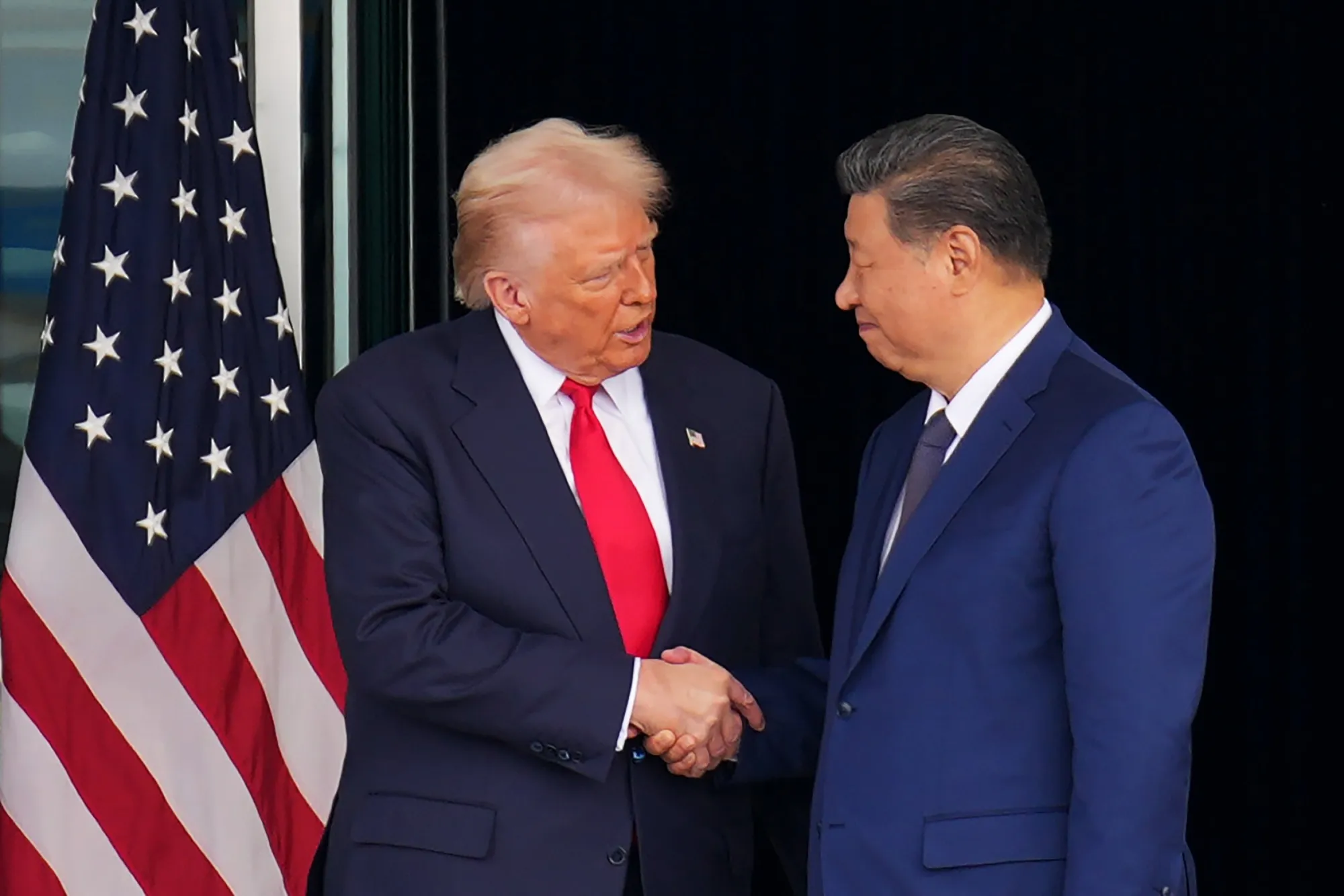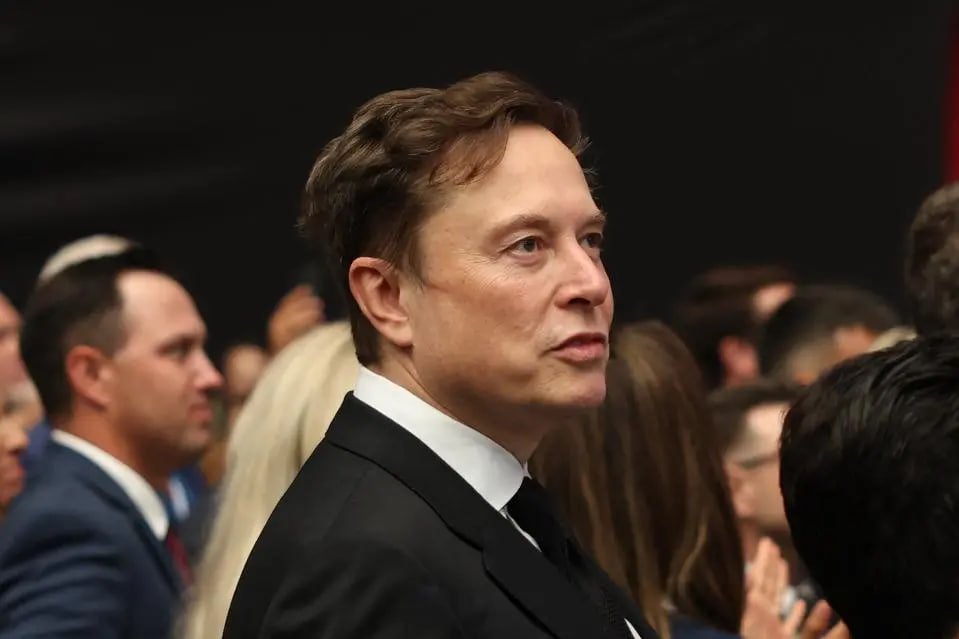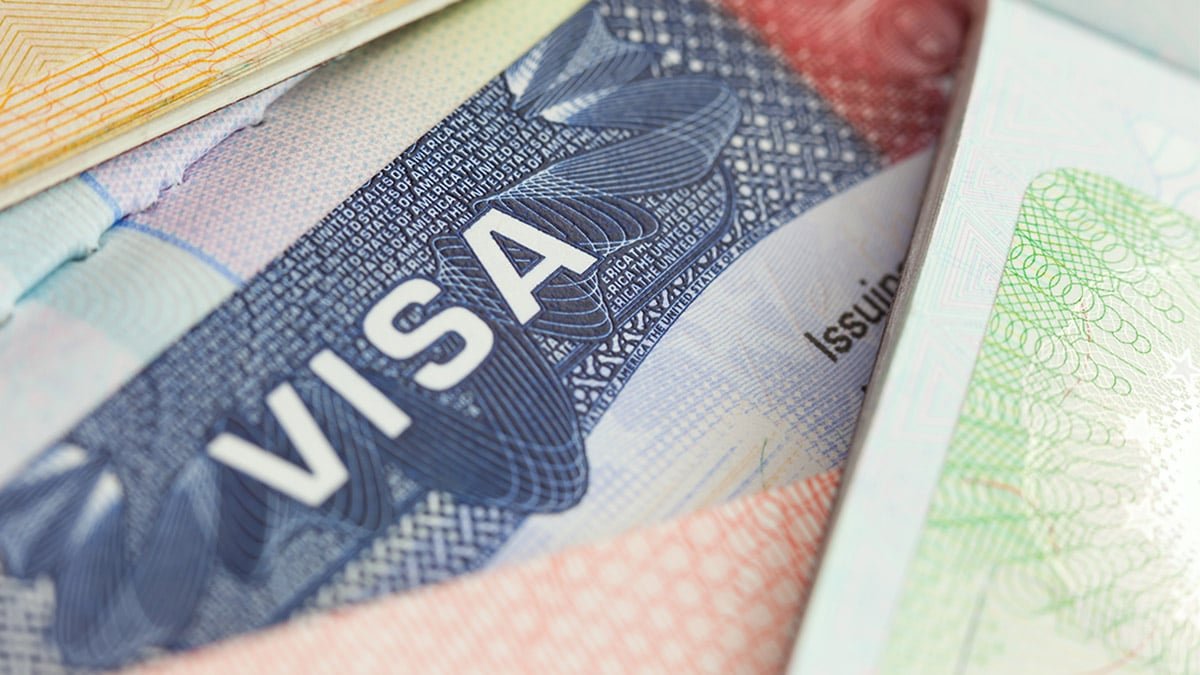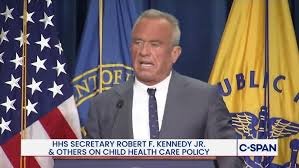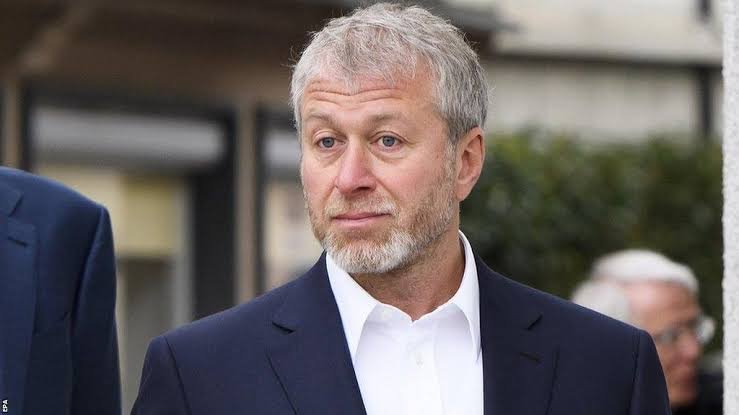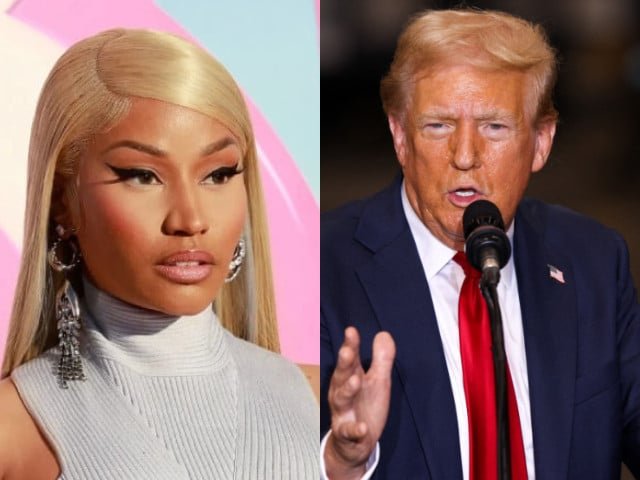United States President Trump and Chinese President Xi Jinping have reached a broad consensus on key trade issues, marking a significant step toward easing tensions between the world’s two largest economies.
The agreement, finalized during high-level talks in Beijing, addresses long-standing disputes over tariffs, market access, and intellectual property protections.
Both leaders expressed optimism that the deal would pave the way for more balanced and sustainable bilateral trade.
Also Read:
- Trump Tariffs: How Trumps Ongoing Trade war May Force the U.S. Economy Into a Recession
- Trump Tariffs: China’s Currency Suffers 16-Month Low as 47th American President Prepares to…
- China Imposes 34% Tariffs on U.S. Goods in Response to Trump’s Trade Policies
- Trump urges EU to impose 100% tariffs on China and India to pressure Putin
Under the terms of the consensus:
– Tariff Reductions: The U.S. and China agreed to gradually roll back punitive tariffs imposed during the trade war, with an initial 15% reduction on select goods set to take effect within 60 days.
– Market Access: China committed to opening its financial services and agricultural sectors further to American firms, while the U.S. pledged to ease export controls on certain high-tech products.
– IP Protections: Beijing vowed stronger enforcement against intellectual property theft, including harsher penalties for violations and improved legal recourse for U.S. companies.
President Trump hailed the deal as a “major win for American workers and farmers,” emphasizing that it would help reduce the U.S. trade deficit with China.
President Xi described the agreement as a “constructive outcome” that reflects mutual respect and shared interests.
The consensus comes after months of behind-the-scenes negotiations and follows a series of tit-for-tat tariffs that disrupted global supply chains and rattled financial markets.
While details of implementation are still being finalized, analysts say the agreement could inject stability into U.S.-China relations and boost confidence in global trade.
Both sides have scheduled follow-up talks in Washington early next year to monitor progress and address remaining concerns.

